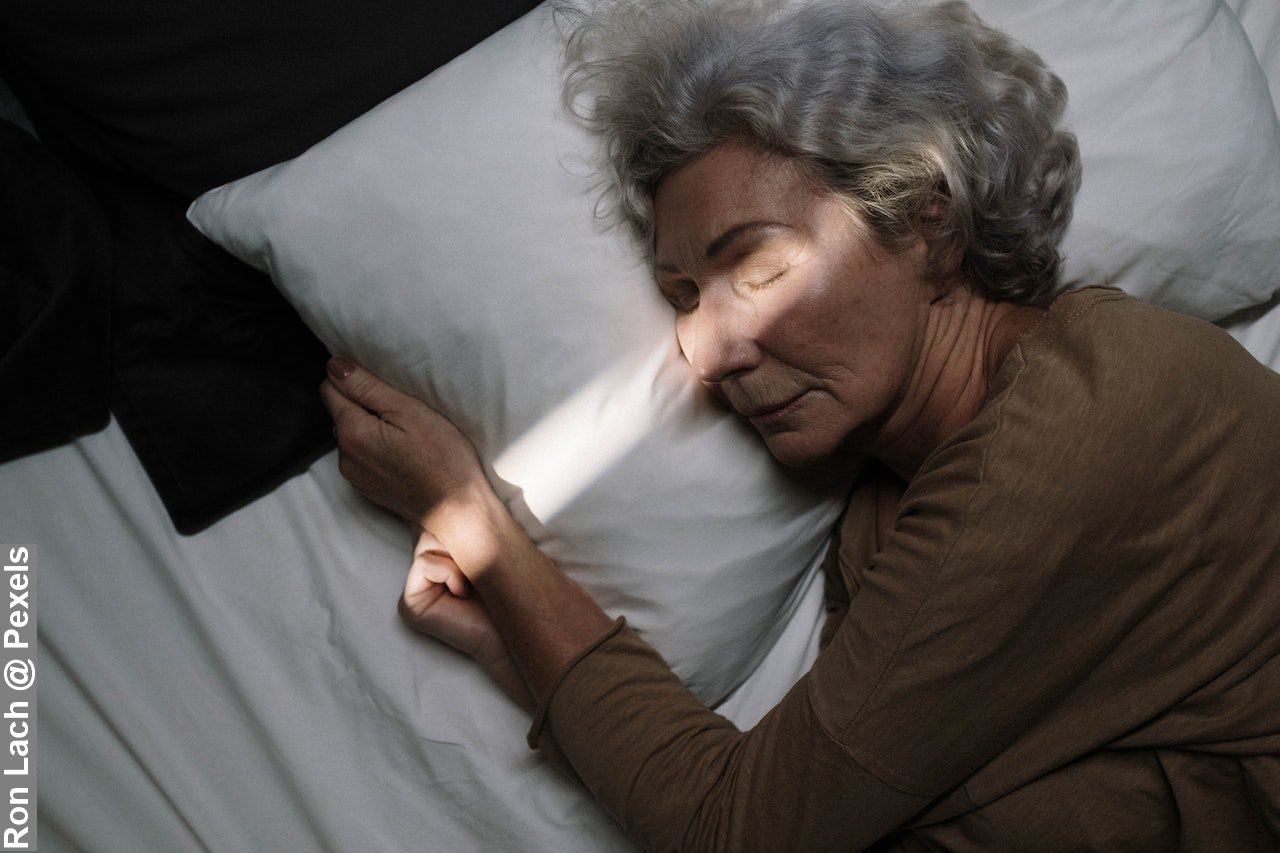There is an expert lurking in every nook and cranny, not waiting but imposing to offer us all advice on every aspect of our lives. Please do not consider me one of those; I just relish taking data and presenting it. Science of sleep is my latest instalment on the topic of sleep.
I was taken aback by the science of sleep when I read the exceptional sleep book by Matthew Walker on ‘Why We Sleep.’ My mind was racing at unimaginable speeds, I would guess close to or exceeding 17,500mph. Why this figure? It sounds good, and also, it just happens to be the speed the International Space Station orbits Earth.
This arbitrary figure crept into my mind as I closely followed NASA’s attempt to get Artemis I to orbit the moon. The first stage is readying themselves to go back to the moon. So forgive me if I strayed, back to the science of sleep and the sleep book.
As my cortex brain absorbed the text of the pages, I wondered how I could share this newly found knowledge. Finally, I decided to split the information into logical topics and write about them.
I have already introduced Matthew Walker and his book ‘Why We Sleep‘ in an earlier post titled ‘Why We Sleep: 22 Facts You Should Know About Sleep’, so I will reframe from doing so again. Would I recommend that you read it? Yes, I would, as it offers many aha moments.

Science of Sleep: the science behind the types of sleep
In the world of sleep, the most important discovery in all of the sleep research was made in 1952 at the University of Chicago by Eugene Aserinsky and Professor Nathanial Kleitman. This discovery came about as a result of observing infants.
Aserinsky conducted studies on the eye movement patterns of infants during the day and night. He noticed that there were periods of sleep when the eyes would rapidly move from side to side underneath the eyelids. He also noticed a lot of brainwave activity, almost identical to those of comprehensive awake people.
Aserinsky noticed that during the periods when there were lots of brainwave activity, there were also phases where the brain would be calm and rest. The brainwave would be calm in this phase, slowly ticking up and down. Aserinsky also noticed that this sleep with random eye movements and sleep with no eye movements would repeat itself logically throughout the night, over and over again.
In disbelief, his Professor wanted to replicate on his own infant daughter (imagine that, a crazy scientist fanatical with the science of sleep) before he would agree to the discovery. But, true to form, the findings stood up to the test. They named the sleep stages based on their defining features, with the first being ‘non-rapid eye movement (NREM) sleep and the second being rapid eye movement’ (REM) sleep. My post on ‘Baby Sleep: Sub-Zero Temperatures Sleep‘ explains more about sleep cycles.
If the brain is starved of either NREM or REM, it will try to recover it as soon as possible; however, it is essential to note that regardless of the amount of recovery opportunity, the brain never comes close to getting back all this sleep that it has lost. In effect, for humans and all other species, we can never “sleep back” previously whipped sleep once it has been lost.

Changes in sleep as you grow
Before Birth Sleep
As a new parent soon to be, or an expecting parent of a second, third, fourth or fifth child. We all remember the tiny little kicks or the slow wavelike movement across the mummy’s tummy. Interestingly, we all believe this is the babies’ method of communicating with us, something we come to think of as explicit movements.
However, sleep science shows that these kicks are in implicit movement. Before birth, the baby spends almost all of its time in a sleep-like state. Therefore, these movements which we observe are implicit, meaning the baby is totally unaware of our perceived joy on the outside of this imaginary communication link.
In the early stages, almost all this sleep is associated with REM-like sleep, where the body is in a paralysing state. However, by the end of the second trimester, around 23 weeks, most of the dials and switches needed for NREM and REM sleep have all been developed.
In the last trimester, you see signs of actual wakefulness. This is around 2 to 3 hours each day of wakefulness in the womb. The baby will increase REM sleep to about nine hours a day in the last two weeks before birth. In the last week before birth, the REM increases to twelve hours.
Worryingly, the science of sleep research is discovering that if you disturb REM sleep during the developing infant brain, pre- or post-term, there are some consequences. Understanding autism is incomplete; however, there are links to inadequate REM sleep and Autism Spectrum Disorder (ASD).
The findings indicate inappropriate brain wiring during the early development of life. In addition, scientists have identified that individuals with autism are atypical, meaning they do not have regular sleep patterns or amounts.
When disrupting the foetus inside a mummy’s tummy, alcohol is one of the most powerful suppresses of REM sleep which scientists know of to date. This is because the alcohol crosses the placenta barrier and infuses itself with the development of the foetus.

Science of sleep, childhood sleep
There is a distinctive difference between adults and infants, and young children. Infants and young children have multiple intervals of sleep and wakefulness throughout the 24-hour day, compared to the single sleep pattern observed in adults.
Infants and young children have many short snippets of sleep through the night inserted into numerous wakefulness. The good news is the older a child gets, the fewer, longer, and more stable this sleep becomes.
The improvement in sleep as they get older is down to the fact that the 24-hour clock, which controls a sleep pattern, needs considerable time to develop. Whilst the brain areas that generate sleep are moulded in place before birth, it is not until the age of three or four months when the infant starts to show the circadian rhythm.
At one year old, there is a milestone in the form of development. A child shows more weakness in the day with some naps and more night sleep. By four years old, the science of sleep shows the circadian rhythm truly kicks in, as parents control the child’s sleep behaviour. This is the point where the child sleeps more at night and may possibly need to have a little nap in the day, but some children do not.
Although this sleep becomes stable and more similar to adult patterns. There is a fight between NREM sleep and REM sleep to establish which sleep phase is the top dog.
A 6-month-year-old infant gets between 50/50 NREM and REM sleep. A five-year-old will have a 70/30 split between NREM and REM sleep across the 11 hours of daily sleep.
This REM sleep decreases in early childhood whilst the proportion of NREM sleep increases even though the total sleep time decreases. This observation continues throughout early and mid-childhood. Finally, it will stabilise to 80/20 NREM and REM sleep split by the late teen years. It will stay there throughout early and mid-adulthood.

Adolescence Sleep
Later childhood and early adolescence are heavily dominated by NREM sleep. This contrasts with a baby in early life, where sleep is dominated by REM sleep. The NREM sleep intensity hits a peak just before puberty, then find its way back down.
This phenomenon can be explained much in the same way that before birth, the brain experiences high activity due to wiring and connections. This first round of wiring is frantic. Science of sleep shows that the second round of remodelling of these wiring and connections occurs during later childhood and adolescence, which is achieved using NREM.
This second round of fine-tuning explains why rationality is one of the last things to develop in teenagers; it requires more NREM sleep for the brain to mature thinking and reasoning ability.
Adolescents potentially are sowing two challenges in their struggle to obtain sufficient sleep as their brains continue to develop. The first is the change in their circadian rhythm. The second is the early school start times.
I know from my own kids that they often try to stay awake; however, the circadian rhythm of young children runs on an earlier schedule than adolescence. The circadian rhythm of adolescent teenagers during puberty shifts so far forward that the timing passes that of adults. For example, a nine-year-old typically has their circadian rhythm kick in around 9 PM; however, as they reach the age of 16, their circadian rhythm moves forward.
As a result, a 16-year-old is not interested in sleeping at 9 PM. Instead, peak wakefulness is still active beyond this hour. In many cases, teenagers’ go beyond 11 PM. At this point, the circadian rhythm begins to shut down and alerts the teenager that bedtime is fast approaching.
This goes a long way to explaining why teenagers just do not want to get up early in the morning. Going to bed so late, they must make up the sleeping hours. The dichotomy effect of a teenager being unable to wake up early in the morning is like a parent asking a teenager to go to bed at 9 PM.
Science of sleep demonstrates that teenager still requires a whole night’s sleep for the body and brain to function. No amount of parental coercing can activate sleepless teenagers early morning. This is not due to lack of obedience, just nature taking cause.

Midlife and Old Age Science of Sleep
it’s well documented and experienced by older adults that sleep is more problematic and disordered as you age. This process is exacerbated by certain medications taken by older adults. This leads to older adults being unable to, on average, obtain/sleep to recover the bodies in the brain compared to young adults.
The myth of older adults needing less sleep is just that. It comes down that older adults struggle to generate the sleep they all need compared to midlife. Deep sleep (NREM) is needed; however, NREM sleep is already on the decline in the late 20s and early 30s.
As you get into your 40s, the quality and quantity of NREM sleep are reduced further. As you pass through your 40s, you will generally be stripped of the 60 to 70% deep sleep you enjoyed as a young teenager. By the time you get to 70 years old, you will have lost 80 to 90% of your teenage sleep.
What scientists have observed (in the science of sleep studies) is that most old adults will report in the morning that they have a sufficient sleep. However, the data shows they have had a destructive sleep quality. The lower an older individual’s efficiency score is; mortality risks increase, the worse their physical health, the more likely they are to suffer depression, the less energy they report, and the lower gear cognitive function (typified by forgetfulness).
In contrast to adolescence, older adults experience a regression in sleep timing due to their circadian rhythm. This not only has an effect on the points listed above but also has an effect on the brain. The extent of brain deterioration in older adults can be explained by 60% of their inability to generate deep sleep, demonstrated through the science of sleep research.
Sources
- Matthew Walker “Why We Sleep” Waterstones [Accessed 5 September 2022]


